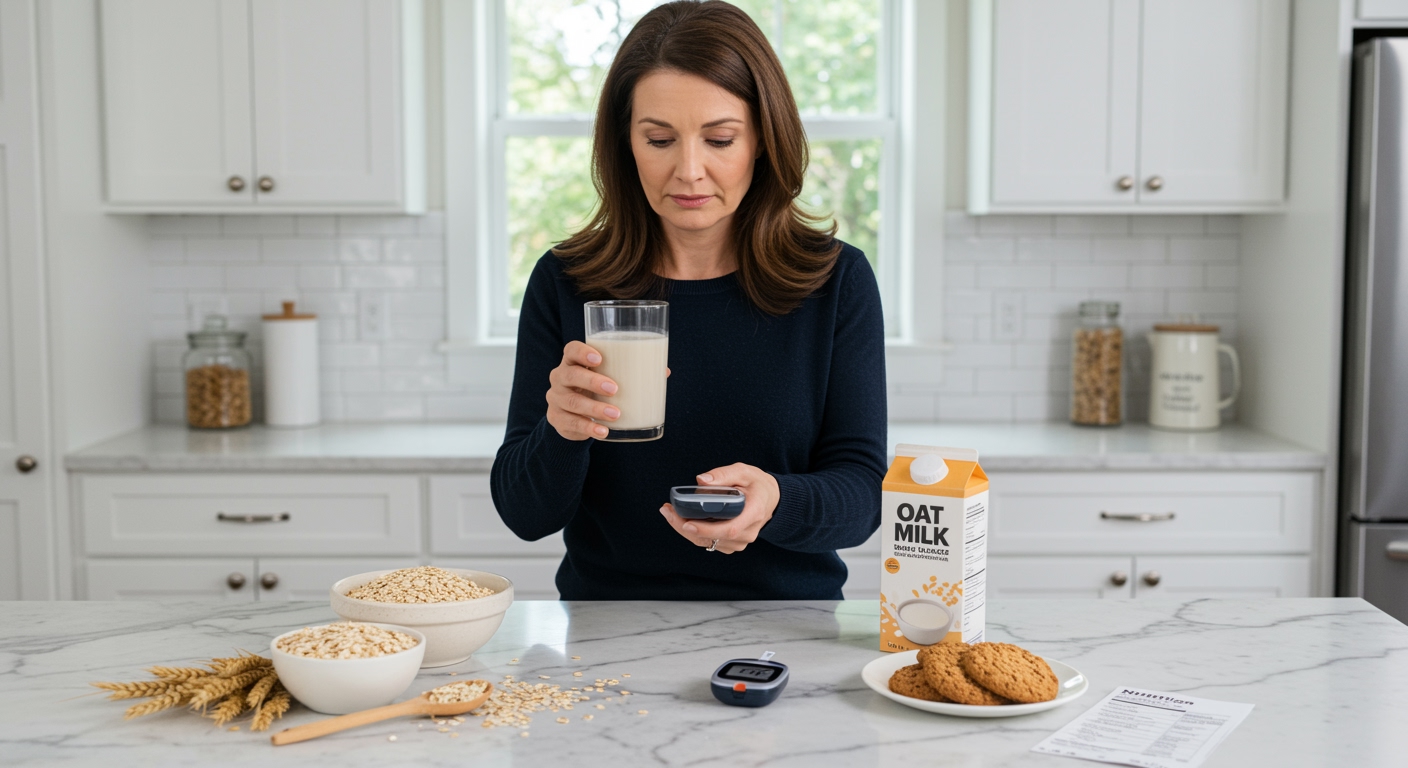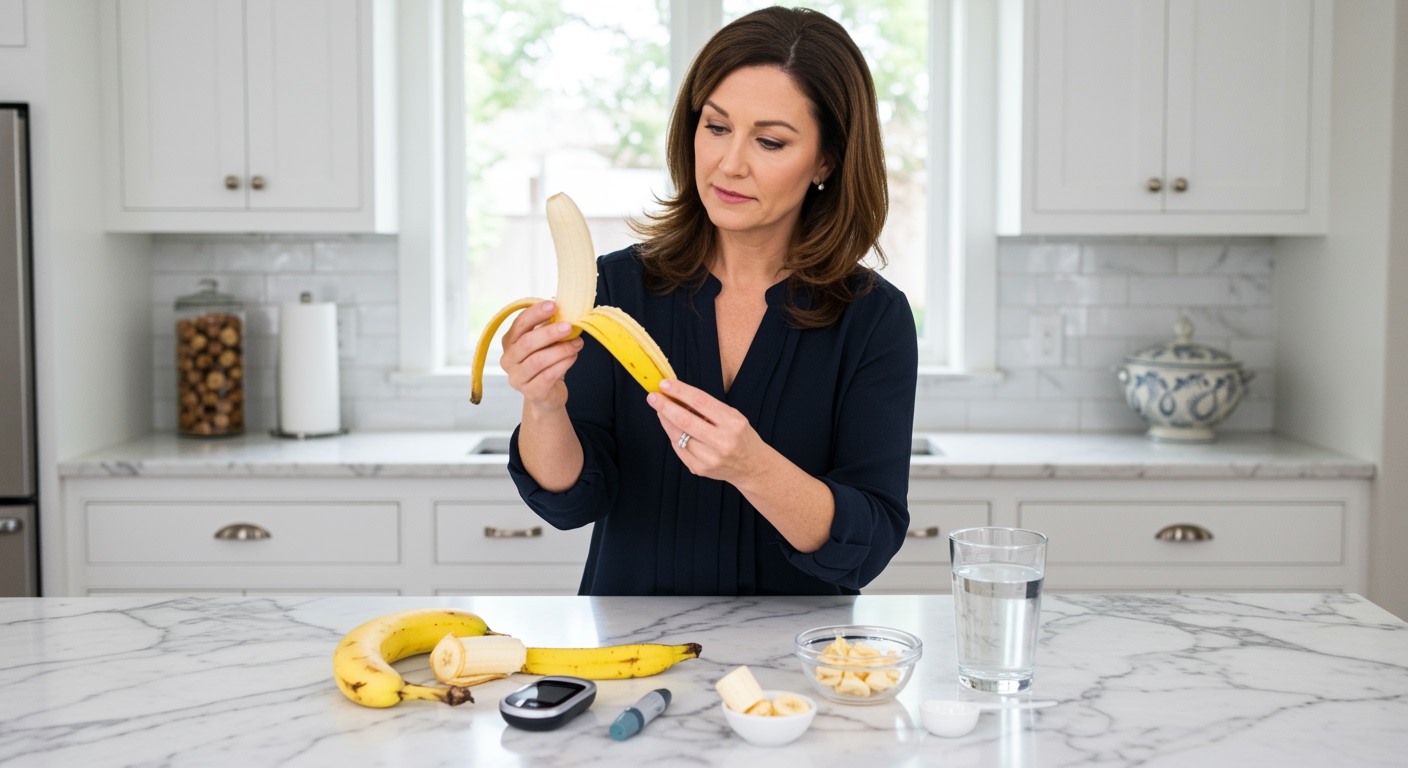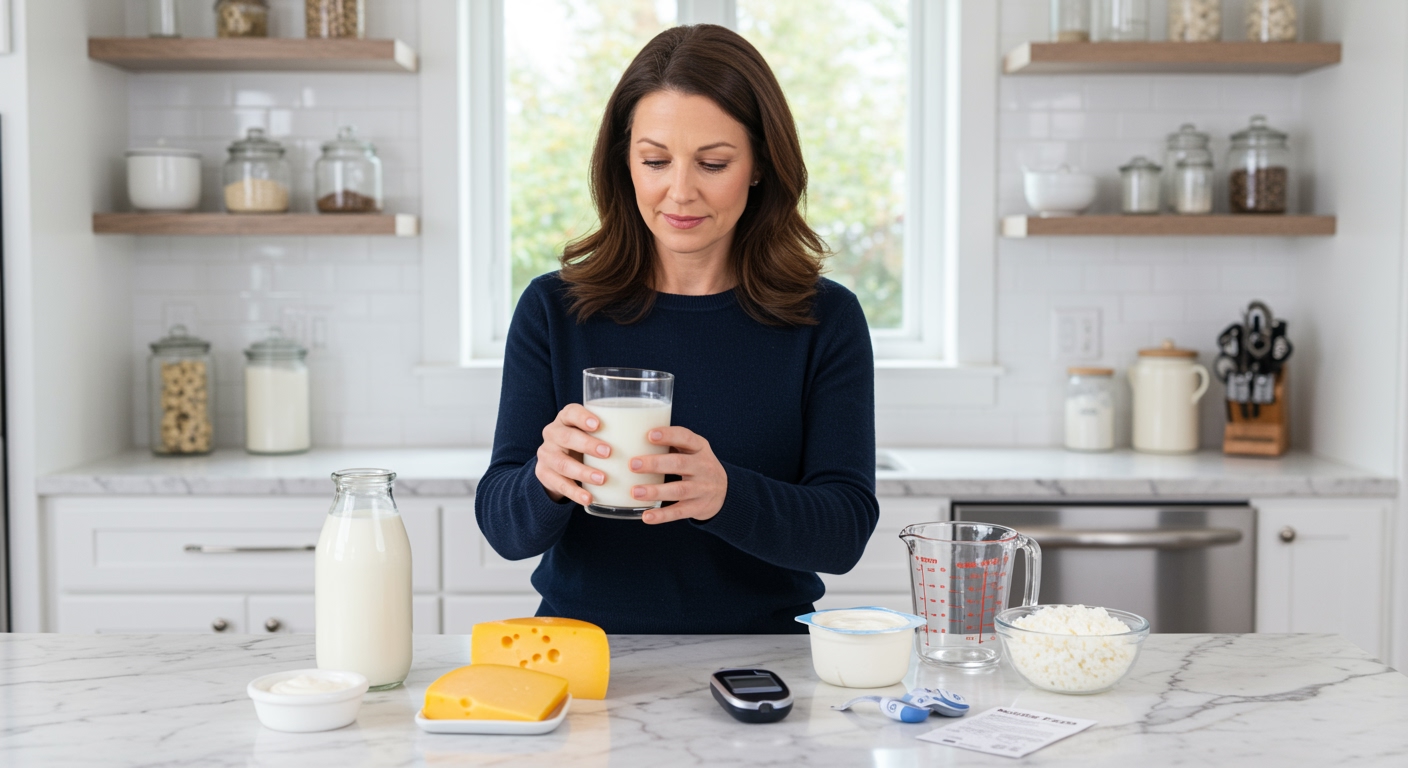✪ Key Takeaway: Wild rice is excellent for diabetes with a low glycemic index of 35 and high fiber content that helps control blood sugar spikes.
Introduction
You walk down the rice aisle and wonder if that expensive bag of wild rice is worth buying for your diabetes management.
You might be asking this question because your doctor told you to watch your carbs, or maybe your blood sugar spiked after eating regular white rice last week.
Hi, I am Abdur, your nutrition coach and today I am going to explain exactly why wild rice can be one of your best grain choices for managing diabetes effectively.
What Makes Wild Rice Different From Regular Rice?
Wild rice is not actually rice at all.
It comes from aquatic grass seeds that grow in shallow waters of North America.
This fundamental difference explains why wild rice behaves so differently in your body compared to white or brown rice.
Regular rice contains mostly simple carbohydrates that break down quickly into glucose.
Wild rice contains complex carbohydrates wrapped in a tough outer shell that takes more energy and time for your digestive system to process.
This slower digestion means glucose enters your bloodstream gradually instead of causing a sudden spike.
✪ Fact: Wild rice contains three times more protein than white rice, helping slow down carbohydrate absorption even further.
How Does Wild Rice Affect Your Blood Sugar?
Wild rice has a glycemic index of 35, which puts it firmly in the low glycemic category.
For comparison, white rice has a glycemic index of 73, and brown rice sits at 68.
The glycemic index measures how quickly foods raise your blood sugar on a scale of 0 to 100.
Foods with a glycemic index below 55 are considered diabetes-friendly because they cause minimal blood sugar spikes.
When you eat wild rice, your pancreas does not need to release large amounts of insulin quickly.
Instead, your body can manage the gradual glucose release with steady insulin production, which is exactly what you want when managing diabetes.
This controlled response helps prevent the dangerous blood sugar rollercoaster that damages your blood vessels and organs over time.
✪ Pro Tip: Test your blood sugar 2 hours after eating wild rice to see your individual response and adjust portion sizes accordingly.
What Nutrients Make Wild Rice Beneficial For Diabetes?
Wild rice contains 6 grams of fiber per cooked cup, which is double the amount found in brown rice.
This fiber forms a gel-like substance in your stomach that slows down carbohydrate absorption.
The slower absorption means your blood sugar rises gradually instead of spiking suddenly after meals.
Wild rice also provides magnesium, a mineral that helps your cells use insulin more effectively.
Many people with diabetes are deficient in magnesium, which can worsen insulin resistance.
The antioxidants in wild rice, particularly anthocyanins, help reduce inflammation in your blood vessels.
Chronic inflammation makes diabetes complications worse, so these protective compounds offer additional benefits beyond blood sugar control.
✪ Note: Wild rice provides more folate and zinc than regular rice, supporting better wound healing and immune function in diabetes.
How Much Wild Rice Can You Eat With Diabetes?
A half-cup serving of cooked wild rice contains about 22 grams of carbohydrates.
This portion size fits well within most diabetes meal plans without causing problematic blood sugar spikes.
You can safely eat wild rice 3-4 times per week as part of balanced meals.
The key is pairing wild rice with protein and healthy fats to slow digestion even more.
Try combining half a cup of wild rice with grilled chicken, roasted vegetables, and a drizzle of olive oil.
This combination creates a complete meal that keeps your blood sugar stable for hours.
Always monitor your individual response because diabetes affects everyone differently, and adjust portions based on your blood sugar readings.
✪ Pro Tip: Cook wild rice in low-sodium broth instead of water to add flavor without extra carbs or sodium that can affect blood pressure.
The Bottom Line
Wild rice is an excellent choice for people with diabetes because of its low glycemic index, high fiber content, and beneficial nutrients that support blood sugar control.
Smart food choices are not about restriction but about finding options that work with your body instead of against it.
I would love to hear about your experience with wild rice or any questions you have about managing diabetes through nutrition in the comments below.
References
At NutritionCrown, we use quality and credible sources to ensure our content is accurate and trustworthy. Below are the sources referenced in creating this article:





